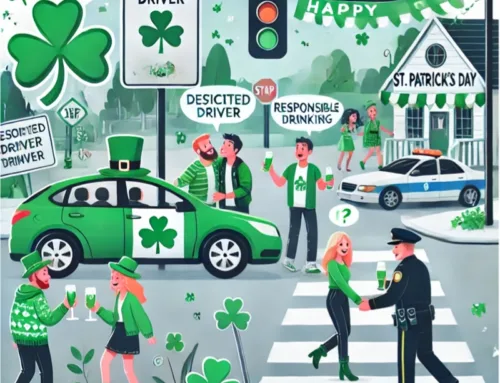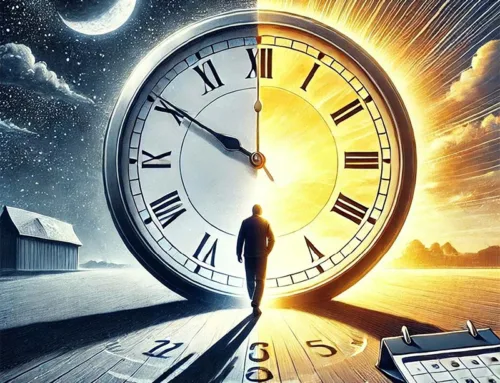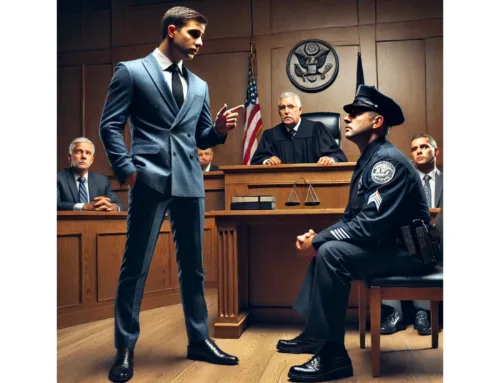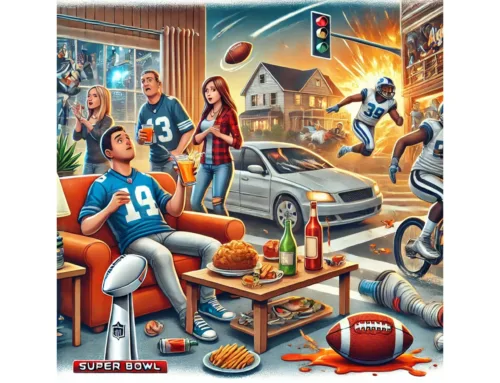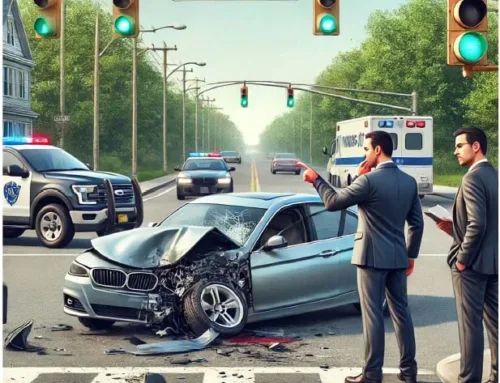Since the early 1980s, our nation’s roads had been getting safer. Public awareness campaigns, law enforcement efforts, and technological developments in automotive safety had been combining to produce a trend – with minor fluctuations – of fewer deaths on America’s roads by the year. And then the COVID-19 pandemic hit.
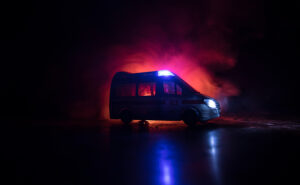 According to the Federal Highway Administration (FHWA), the total number of vehicle miles traveled (VMT) by American drivers dropped by 430.2 billion miles in 2020 compared to the previous year, as people across the country began working from home, ordering delivery instead of going out to restaurants or shopping, and canceling travel plans. Compared to 2019, this represents a reduction in VMT of 13.2 percent. Despite the presence of fewer cars on the road putting in fewer miles overall, the number of car crash deaths in 2020 spiked sharply, with an estimated 38,680 deaths in car crashes that year – a 7.2 percent jump from 2019. In fact, 2020 had the worst rate of fatalities per million VMT in thirteen years.
According to the Federal Highway Administration (FHWA), the total number of vehicle miles traveled (VMT) by American drivers dropped by 430.2 billion miles in 2020 compared to the previous year, as people across the country began working from home, ordering delivery instead of going out to restaurants or shopping, and canceling travel plans. Compared to 2019, this represents a reduction in VMT of 13.2 percent. Despite the presence of fewer cars on the road putting in fewer miles overall, the number of car crash deaths in 2020 spiked sharply, with an estimated 38,680 deaths in car crashes that year – a 7.2 percent jump from 2019. In fact, 2020 had the worst rate of fatalities per million VMT in thirteen years.
It was clear that the pandemic and its stresses were taking a toll on the way Americans behaved on the road, but experts believed that once lockdown restrictions lifted and road use began approaching pre-pandemic levels, car crash deaths would reduce again. Unfortunately, 2021 data contradicts this hopeful prediction: it appears that the COVID-19 pandemic has made a lasting negative impact on the way Americans drive, and our roads are now less safe.
These trends are consistent with other, similar statistics that have coincided with the pandemic, and which may show an overall pattern to its impact on the national psyche. Alcohol sales have dramatically increased, deaths by drug overdose have reached record highs, and homicide rates have seen an unprecedented increase. Experts believe that the loneliness, depression, and isolation caused by the pandemic and the restrictions of lockdowns and social distancing have contributed to the development of risky and reckless habits, both on the road and otherwise. One psychology professor at Temple University in Philadelphia describes the tendency toward reckless driving in response to the pandemic as a form of unconscious rebellion against the restrictions imposed by the global emergency.
Evidence gathered in the aftermath of fatal accidents and compiled by the National Highway Traffic Safety Administration (NHTSA) suggests that reckless choices by drivers are indeed closely linked to the spike in auto fatalities, with more drivers choosing to speed excessively, neglect to fasten their seat belts, and get behind the wheel while under the influence of alcohol or other drugs. Researchers also found a disproportionate rise in fatalities from single-car accidents, one of the clearest indicators of reckless driving.
Safety researchers have been combing through the statistical data available in an effort to identify more specific patterns and causes – and in some cases, the absence of a pattern is as telling as the presence. For instance, researchers found increased fatalities in every age group between 16 and 65. They found more deaths in cities and rural areas alike; on back roads and major highways; over the work week and on weekends; during the day and at night. One concerning trend that emerged from the data was that the death rates of Black people increased three times as fast as the overall fatality rate, with experts speculating that this may be because Black people are disproportionately represented in lower income brackets and among essential workers – especially gig-economy delivery drivers whose pay depends on making as many deliveries as quickly as possible. Given their economic vulnerability, the Black population may be more susceptible to the psychological pressures inflicted by pandemic restrictions, and simultaneously forced onto the road more often by their jobs.
While stress and isolation almost certainly play a role in the soaring rates of reckless driving behaviors, another possible factor was described by Governors Highway Safety Association executive director Jonathan Adkins. He describes the overall lack of consideration and civility that many Americans have been exhibiting toward one another since the pandemic began, manifesting in a resistance toward wearing masks and a refusal to get vaccinated, as well as the tendency to drive more recklessly. “It’s very aggressive. It’s very selfish,” he describes.
It is perhaps this selfishness that is reflected in some of the more egregious examples of reckless driving behaviors that have increased since the pandemic began. In California, where traffic fatalities have increased by 5 percent in the past year, Highway Patrol officers issued almost 28,500 speeding tickets to motorists who exceeded 100 mph – nearly twice as many as in 2019. Distracted driving is also on the rise nationwide, with GPS and other data revealing that drivers have been on their phones and devices more since the start of the pandemic, and the problem is still getting worse, despite extensive public awareness campaigns and enforcement efforts to warn motorists of the obvious dangers.
The response to these alarming trends by authorities has been inconsistent, with some states cracking down on reckless behaviors and others actually loosening the thresholds and penalties for reckless and negligent driving. More than two dozen traffic safety bills nationwide have failed in legislatures. While public attention remains fixed on COVID-19 deaths, surging traffic fatalities receive little notice.



